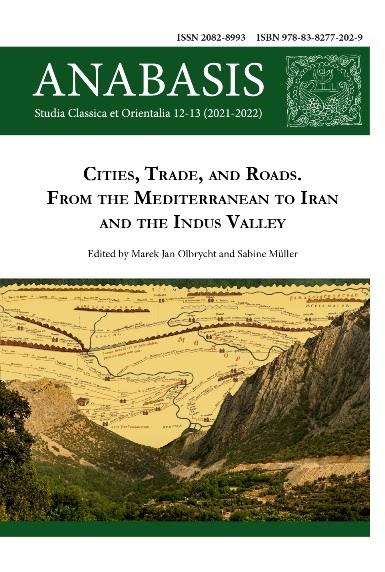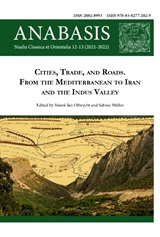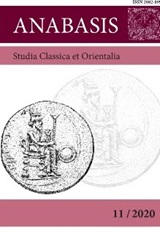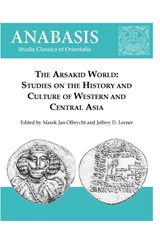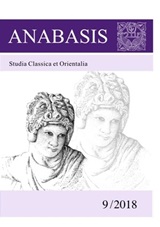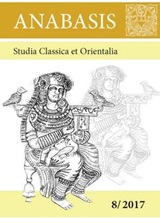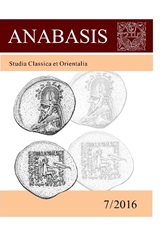The Network of Routes in the Kingdom of Hatra
Keywords:
Hatra, Parthia, Mesopotamia, Rome, routesAbstract
The study of the ancient landscape of the area between the Tigris, the Euphrates, the Sinjar, and the Khabur through published archaeological surveys and remote sensing techniques is a fascinating challenge that allowed us to identify a unique network of routes, mainly belonging to the important Kingdom of Hatra. Its development had a strong political, military, and economic impact on this territory, which was deeply modified during the 2nd and 3rd centuries CE. As the city of Hatra was sieged, destroyed and never again reoccupied, these lands allow us to investigate a ‘transformed’ territory, mainly relating to a specific chronological phase. By analyzing CORONA images, it has been possible to identify numerous hollow ways, which mark ancient paths. These are detectable on aerial and satellite images as linear anomalies, compatible with routes connecting different archaeological sites. This paper proposes a re-evaluation of this network of short, medium and long itineraries, based on the archaeological sites identified in Ibrahim’s survey and other historical and cartographic information, as well as a new interpretation of satellite and aerial images, taking into account previous reconstructions suggested by different scholars. The routes identified with LCPA (Least Coast Path Analysis) between the main Parthian sites of the region are also compared with the hollow ways detected via photointerpretation, to understand if their paths do coincide. A general comparison with other trackways and trade networks from the 2nd and 3rd centuries CE is also suggested to identify similarities and differences.
Published
How to Cite
Issue
Section
License
Copyright (c) 2022 Anabasis. Studia Classica et Orientalia

This work is licensed under a Creative Commons Attribution-NonCommercial-NoDerivatives 4.0 International License.

